How Fidel Castro rose to become Cuba's controversial leader for 5 decades
Fidel Castro was born on August 13, 1926 or 1927 (the exact year is in contention) to a Spanish father, plantation owner Angel Castro, and his maid and future wife, Lina Ruz González. They had seven children together. Fidel was sent away to study with the Jesuits at the Colegio de Dolores in Santiago de Cuba and later to the Colegio de Belén, an exclusive Jesuit high school in Havana.

In the late-1940s, Fidel Castro attended law school and became obsessed with Cuban politics. He began taking part in violent, often deadly, rioting and demonstrations.
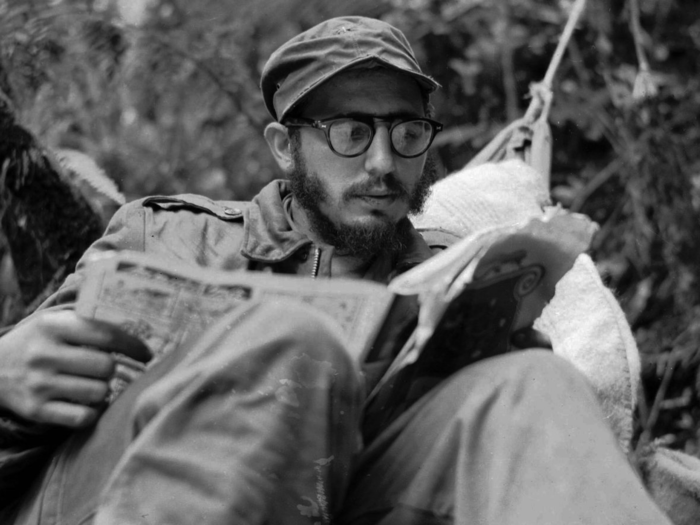
Source: Miami Herald
In 1950, Fidel Castro ran for a seat in Cuba's congress. The election was canceled when Fulgencio Batista overthrew the government. An angry Castro declared personal war on Batista and began recruiting soldiers for a rebel army.
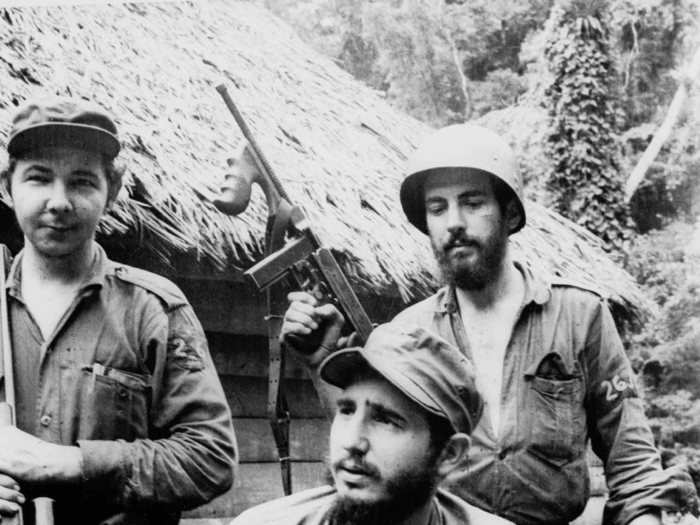
Source: Miami Herald
After a failed battle, Fidel Castro was arrested by Batista's forces. He was released from prison in 1955 after 18 months. He then went to Miami, Florida to gain support from others in his war with Batista and recruit more soldiers.
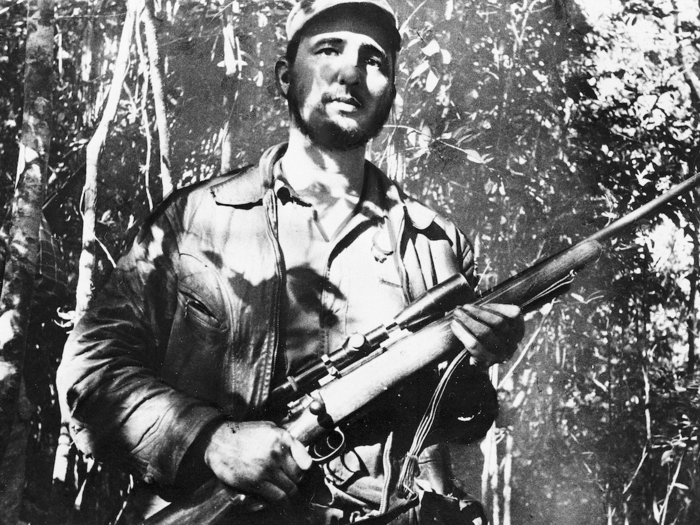
Source: Miami Herald
Although he found much support in the US press and with its citizens, Fidel Castro's hatred of the US was cemented when he discovered that American-supplied bombers were used against his army.
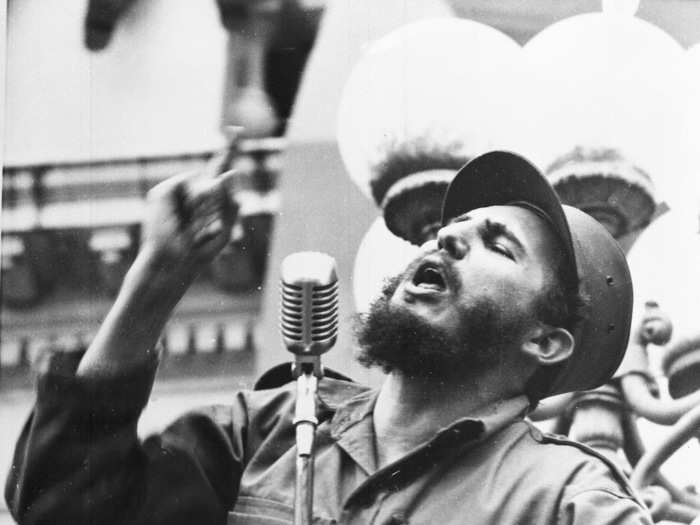
Source: Miami Herald
In 1959, Fidel Castro entered Havana and completed an overthrow of Cuban dictator Fulgencio Batista.
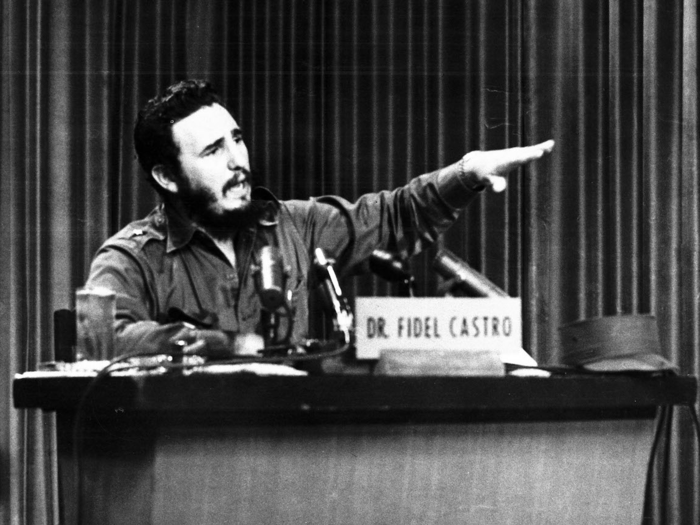
Source: Miami Herald
As Fidel Castro's Communist leanings became clear in 1961, President John F. Kennedy approved an attack of Cuba meant to overthrow Castro in the ill-fated Bay of Pigs invasion. Castro cemented himself as a beacon of Latin American revolutionary power when he personally took control of the Cuban military. The US would surrender after just three days.
Source: New York Times
Another face-off would occur in 1962 when the US challenged Fidel Castro after he allowed the Soviet Union to build missiles in Cuba. The US created a naval blockade to stop any missiles en route to Cuba. The stand-off between the US and the Soviet Union would leave the world in fear of a nuclear war before both countries agreed to dismantle their launching pads after a tense 13 days.
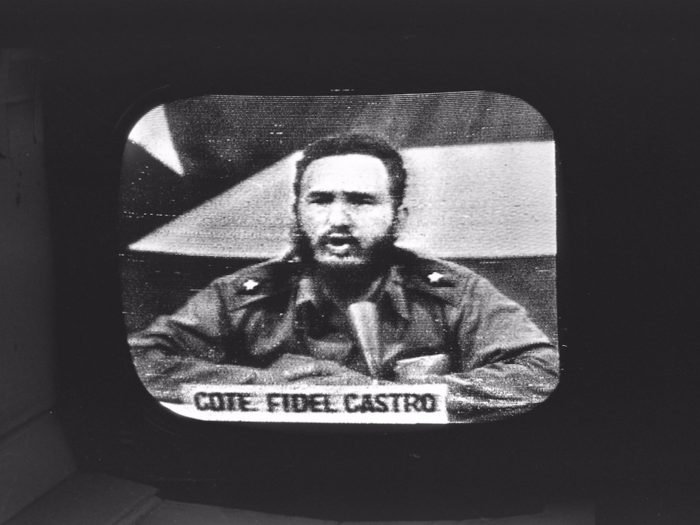
Source: New York Times
After the fall of the Soviet Union and the certain collapse of the Cuban economy in 1994, Fidel Castro legalized American dollars. A few years later, he would again make them illegal.
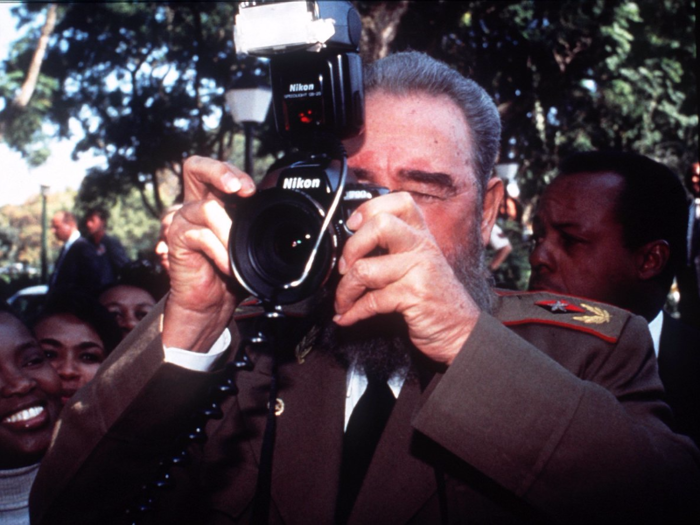
Source: New York Times
In 1999, Fidel Castro would mount one of his biggest propaganda campaigns against the US and Cuban exiles when he demanded the return of Elian Gonzalez. He was a young boy who survived a sea voyage from Cuba to Miami and became the center of another US-Cuba public battle. Castro won and Gonzalez was returned to Cuba.
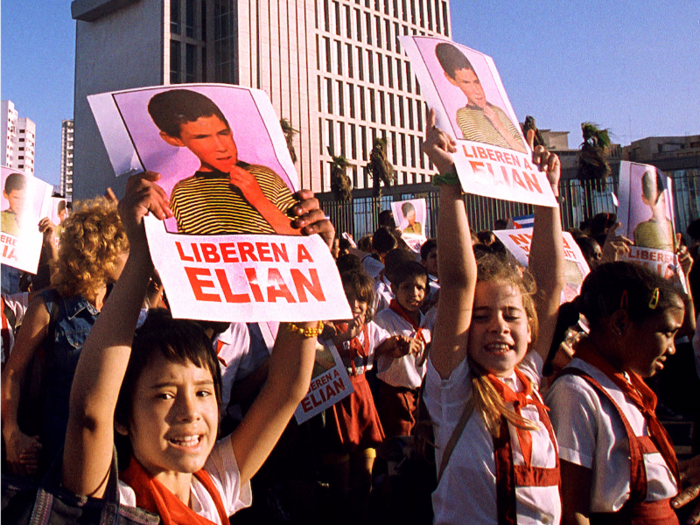
Source: Miami Herald
While the leaders of most every other nation in the Western hemisphere met in Quebec, Canada in 2001 for the Summit of the Americas, an uninvited 74-year-old Fidel Castro celebrated the 40th anniversary of the US' failed Bay of Pigs invasion.
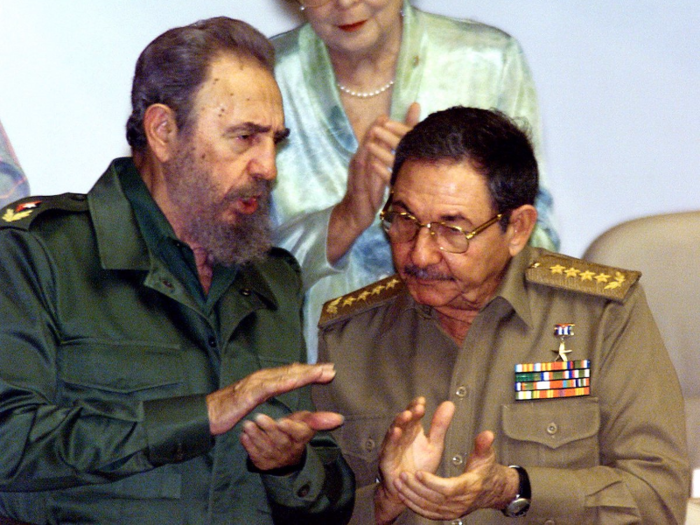
Source: New York Times
In 2006, Fidel Castro, 80, handed provisional control of Cuba to his brother, Raul, while Fidel reportedly recovered from a major intestinal surgery. That was the first time he surrendered control of his power in 47 years.
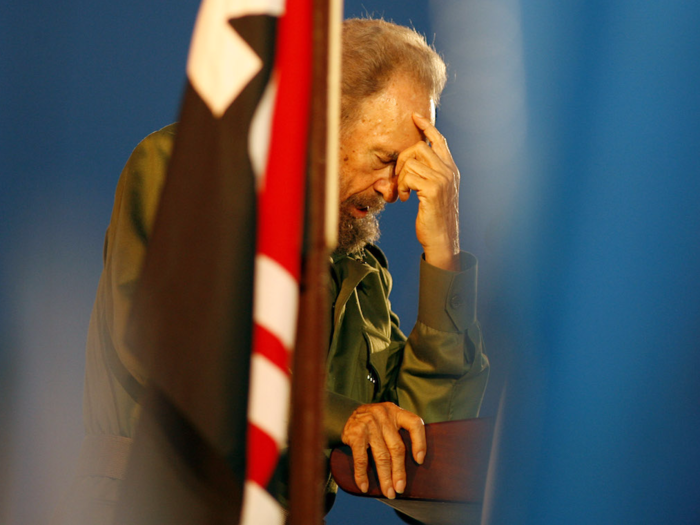
Source: Business Insider
In 2008, Fidel Castro officially left the Cuban presidency. At the time, the island was ravaged by a failing economy and the mass emigration of its citizens left a country in which a fifth of its citizens were retirement age. Production of its many key products were the lowest they've been since 1989.
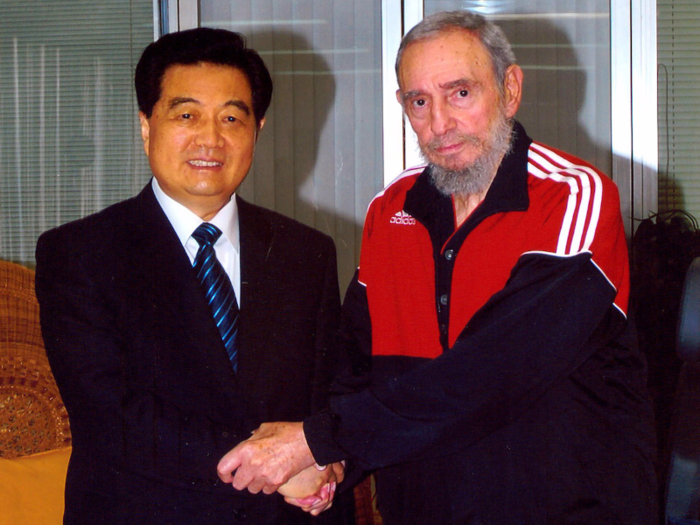
Source: Miami Herald
In March 2016, Barack Obama made the momentous trip to Cuba to commemorate new diplomatic relations with the country with Cuban President Raul Castro. Fidel Castro was still very distrustful of the US and made it clear, insisting that Cuba did not need anything from the United States.
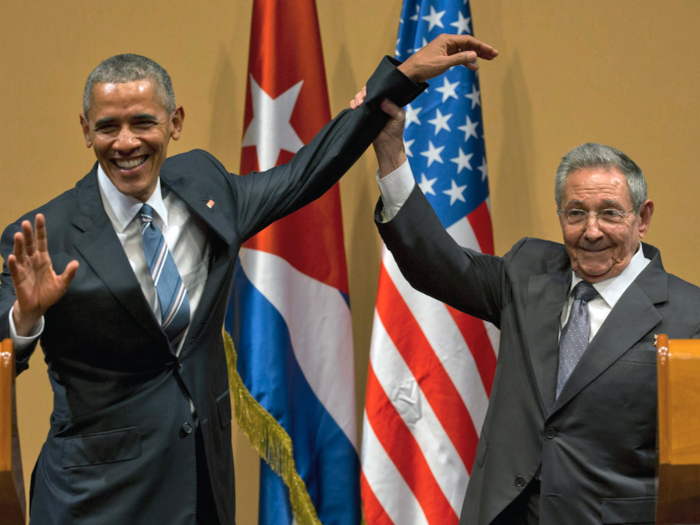
Source: New York Times
Fidel Castro had a distant and strained relationship with his children. He's known to have fathered as many as 11 children by four different women. There were also reports of others by his many mistresses. He was married to his second wife, Dalia Soto del Valle, from 1980 to his death. His eldest son, Fidelito, is a physicist and lives in Cuba where he was made the head of its nuclear program. His only daughter, Alina Fernandez Revuelta, is a Miami radio host who's ardently opposed to her father and Cuba.
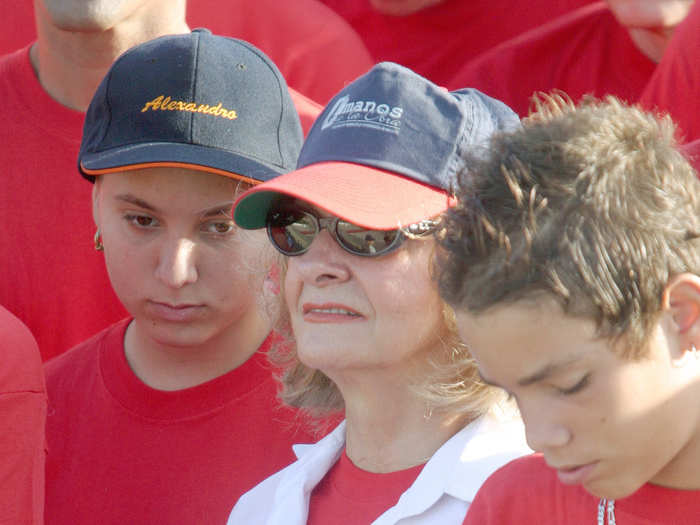
Source: Miami Herald
After giving up the presidency, Fidel Castro was rarely seen in public. He would speak on occasion via the phone. Even his notable published rants/columns faded by mid-2012. Plagued by illness for years, Castro's brother Raul announced his death on Friday, November 25, 2016. The specific cause of death is unclear.
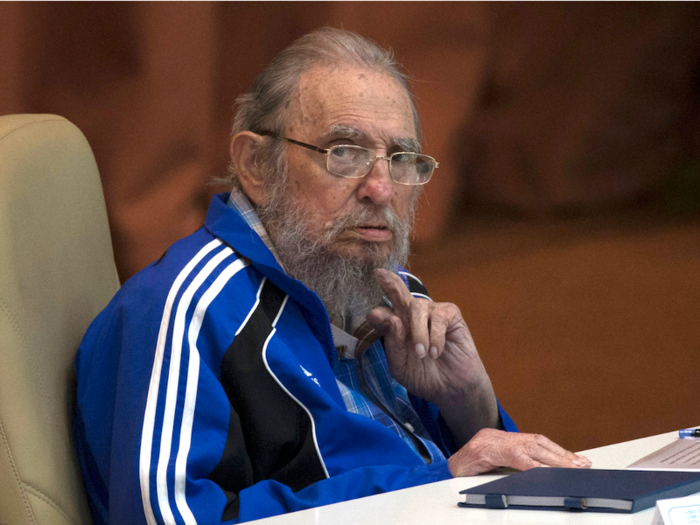
Source: Miami Herald
Popular Right Now
Popular Keywords
Advertisement